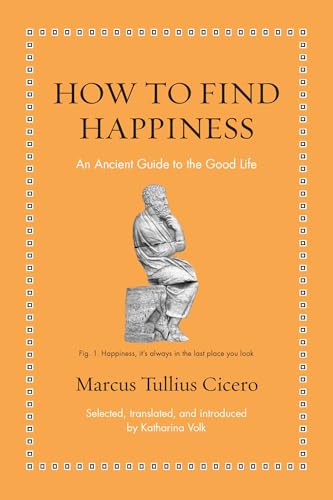
Part of Series
Timeless wisdom about how to be healthy in body and mind from one of the greatest physicians of the ancient world The second-century Greek physician Galen―the most famous doctor in antiquity after Hippocrates―is a central figure in Western medicine. A talented doctor, surgeon, writer, philosopher, teacher, pharmacologist, and inventor, Galen attended the court of Marcus Aurelius, living through outbreaks of plague (likely smallpox) that devastated the Roman Empire. He also served as physician for professional gladiators, boasting that only two fighters died during his first year (his predecessor had lost sixteen). In writings that provided the foundation of Western medicine up to the nineteenth century, Galen created a unified account of health and disease. In How to Be Healthy, practicing physician and classical historian Katherine Van Schaik presents a collection of Galen’s enduring insights about how we can take care of our bodies and minds, prevent disease, and reach a healthy old age. Although we now know that many of Galen’s ideas about physiology are wrong, How to Be Healthy shows that much of his advice remains sound. In these selections from his writings, presented in fresh translations, Galen discusses the art of medicine, exercise and diet, the mind-body connection, the difficulty of applying general medical principles to individuals, and much more. Featuring an introduction, brief commentaries that connect ancient medical practices to modern ones, and the original Greek on facing pages, How to Be Healthy offers an entertaining and enlightening new perspective on the age-old pursuit of wellness, from the importance of “the exercise with a small ball” to the benefits of “avoiding distress.”
Author

Aelius Galenus or Claudius Galenus (AD 129–c. 200/c. 216), better known as Galen of Pergamon (modern-day Bergama, Turkey), was a prominent Roman (of Greek ethnicity) physician, surgeon and philosopher. Arguably the most accomplished of all medical researchers of antiquity, Galen contributed greatly to the understanding of numerous scientific disciplines, including anatomy, physiology, pathology, pharmacology, and neurology, as well as philosophy and logic. The son of Aelius Nicon, a wealthy architect with scholarly interests, Galen received a comprehensive education that prepared him for a successful career as a physician and philosopher. He traveled extensively, exposing himself to a wide variety of medical theories and discoveries before settling in Rome, where he served prominent members of Roman society and eventually was given the position of personal physician to several emperors. Galen's understanding of anatomy and medicine was principally influenced by the then-current theory of humorism, as advanced by many ancient Greek physicians such as Hippocrates. His theories dominated and influenced Western medical science for more than 1,300 years. His anatomical reports, based mainly on dissection of monkeys, especially the Barbary Macaque, and pigs, remained uncontested until 1543, when printed descriptions and illustrations of human dissections were published in the seminal work De humani corporis fabrica by Andreas Vesalius where Galen's physiological theory was accommodated to these new observations. Galen's theory of the physiology of the circulatory system endured until 1628, when William Harvey published his treatise entitled De motu cordis, in which he established that blood circulates, with the heart acting as a pump. Medical students continued to study Galen's writings until well into the 19th century. Galen conducted many nerve ligation experiments that supported the theory, which is still accepted today, that the brain controls all the motions of the muscles by means of the cranial and peripheral nervous systems. Galen saw himself as both a physician and a philosopher, as he wrote in his treatise entitled That the Best Physician is also a Philosopher. Galen was very interested in the debate between the rationalist and empiricist medical sects, and his use of direct observation, dissection and vivisection represents a complex middle ground between the extremes of those two viewpoints. Many of his works have been preserved and/or translated from the original Greek, although many were destroyed and some credited to him are believed to be spurious. Although there is some debate over the date of his death, he was no younger than seventy when he died.

